Recording Oral Histories
NOAA Ocean Podcast: Episode 59
The NOAA Voices Oral History Archive is a collection of more than 2300 oral histories. In this episode, we explore how this valuable resource helps us better understand the impact of weather events, coastal changes, and climate change.
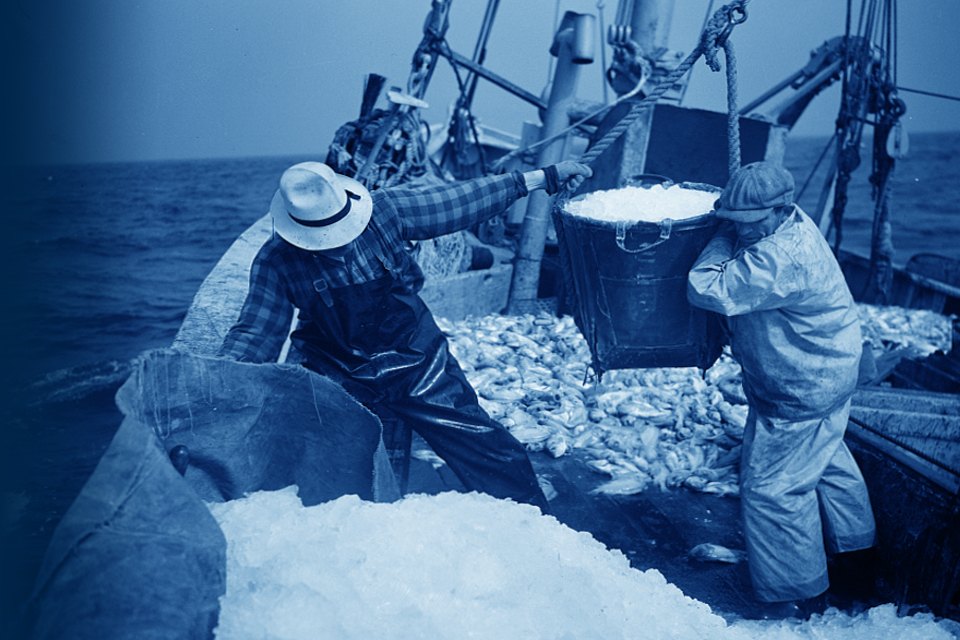
Since 2003, the NOAA Voices Oral History Archive has collected and shared interviews related to the changing environment, climate, oceans and coasts.
Listen here:
Or listen in your favorite podcast player:
Transcript
GRAHAM: I want to ask you now maybe about the Japanese Tsunami, cuz a lot of your work focused around that event.
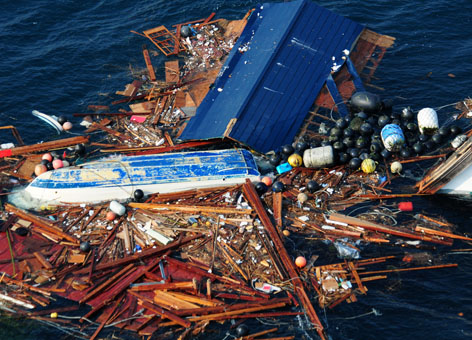
An aerial view of debris from the earthquake and subsequent tsunami that struck northern Japan, taken on March 13, 2011. Oral histories help scientists better understand the impact of events like tsunamis and bring life to the data that NOAA collects (U.S. Navy)
BARNEA: The Tsunami took place in March of 2011. The first debris started arriving in December of 2011, January of 2012. The majority of the effort to remove it was in 2012, ’13, and kind of tailended in ’14.
HOST: [Speaking over Barnea] You’re listening to a NOAA oral history, our focus on this episode of the NOAA Ocean Podcast.
BARNEA: In ’14, we had a workshop to summarize it all. Not to say that there is not some debris from Japan that is still arriving after all these years because it’s floating out there. If it’s floating out there, there’s a chance that it will arrive here.
GRAHAM: I imagine so much of it sunk as well.
BARNEA: A lot of it sank.
GRAHAM: Are you able to say how much sunk and how much didn’t?
BARNEA: I think they calculated that five million tons were washed out, and of that, about a million and a half stayed afloat, but most of it disintegrated after a while. So you can’t say for sure. There’s not enough information to tell you how much really remained afloat.
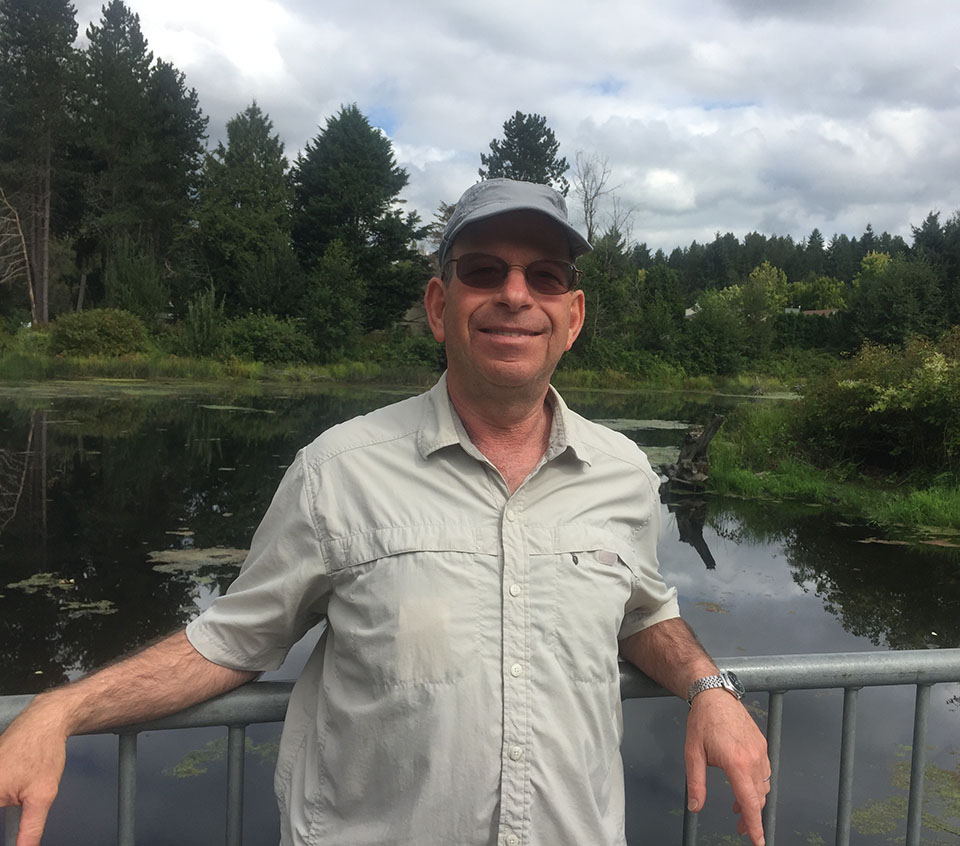
Nir Barnea, Office of Response and Restoration; tenure at NOAA: 1992-2020
HOST: I’m Marissa Anderson. This interview excerpt is part of the NOAA Voices Oral History Archive, the largest federally held and publicly accessible database of oral histories dedicated to documenting environmental change. Voices has over 2300 oral histories in its collection, dating from the 1800s to the present day, and featuring interview subjects located from Maine to Samoa. The collection covers numerous topic areas including climate change, coastal community life, underrepresented populations, natural and unnatural disasters, and culture, traditions and values.
In the clip you just heard, Molly Graham, NOAA historian and program manager for Voices, interviewed Nir Barrnea. He served as the Northwest Regional Coordinator for NOAA’s Marine Debris Program.
Molly joins us today and I look forward to learning more about the Voices archive. I asked her to start by telling us a little about this interview.
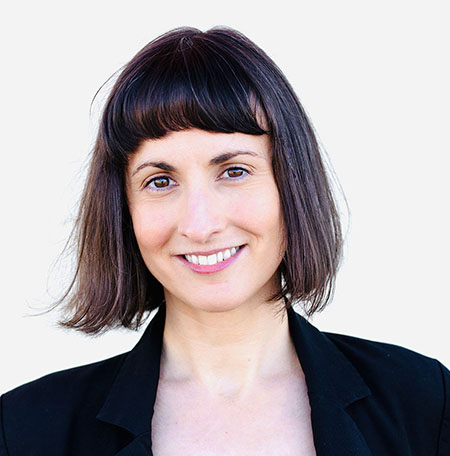
Molly Graham, NOAA Historian and NOAA Voices Oral History Archive Program Manager
GRAHAM: Nir Barnea was someone I interviewed as part of the NOAA 50th effort. His interview was such a great example of the kinds of accounts that are so important to capture. His father was a survivor of the Holocaust. He had such an interesting and rich family and personal background. I loved tracing the path he took to his current position with the Office of Response and Restoration. He provides such great contextual and institutional background for the office itself, its mission, and goals and accomplishments and his unique role within it.
HOST: Why is it important to capture oral histories in particular? What makes them unique compared to written accounts or other text based information?
GRAHAM: You know NOAA produces and collects a lot of environmental data, this is an incredible opportunity to house observations and experiences from around the country and in hard to reach places and in communities that are not often included in other data collection efforts at NOAA. These oral histories are narrative and they tell you the meaning, and story, and impact behind the quantitative data that NOAA is so expert at collecting. And so it really brings to life that data. We can better understand the impact of weather events, coastal changes, and climate change if we really tune in and listen to how people relate to their environment, and how the environment impacts their lives, livelihoods, homes, communities, and so much more. It's really an opportunity to travel back in time and understand what life was like for the Gullah and Geechee people of the southern East Coast, or women in Alasken fisheries, or survivors of deadly tsunamis in Hawaii, or folks who lived in Cape Cod at the turn of the 20th century.
HOST: This sounds like such a valuable resource that can be used by so many different people.
GRAHAM: Yes, I think there’s ways for everybody and anybody to engage in the project. Whether you’re just curious about different people and communities and time periods, you can click around the site and travel across the country and throughout time. I just was working on a collection of interviews that were recorded in the 1970s with folks who lived on Cape Cod at the turn of the 20th century and so they’re talking about the 1918 flu epidemic, prohibition, World War I and World War II, they are taking you through all these time periods. One person was a witness to the Triangle Shirt Waist Factory Fire in 1911. Just the way they describe buckling their shoes and making oatmeal is so unique because this was not that long ago, but it feels like another world away.
HOST: I wanted to note that I love how in your vision statement it says for the archive it “records our past and informs our future.” I just think that’s so impactful.
GRAHAM: I agree. The goal of the archive is to have a complete and accurate historical record of the past. I think particularly the interviews we are conducting today will be useful in 100 years. You know, how are people adapting to climate change, what are the changes they are seeing in their backyard, out on the sea, in their lives and livelihoods. We also have interviews with NOAA scientists who study tsunamis and work on the technology so that we have advanced warning for tsunamis, and so that we won’t have those kinds of collections in the future. So it's a way to understand our stakeholders, their needs, their adaptations, their resilience, and form the kinds of innovations and advancements we need to make.
HOST: How can the general public benefit from this valuable resource?
GRAHAM: It helps you understand different cultures, traditions, practices. It helps you learn about the past so you can chart the future. Understanding the contributions of so many scientists so we don’t take for granted existing technologies, adaptations, and innovations. We’re documenting historical change. You know, in a day's work, I can travel around the country and through time to more closely understand the experiences and expertise of folks who I will never get to meet personally, but can teach me about nature, and fish, and hurricanes. It's really a master class on planet earth taught by those who are truly connected to it.
HOST: What about if people want to use the archive for their own projects?
GRAHAM: You can learn also about doing oral history and designing a project of your own to contribute to the archive and historical record through our site. You can also use these resources to communicate an important message or story. I love when our content ends up in museum exhibits or podcasts, or scholarship, because it means the impact of this work grows and pays off in dividends. I love thinking about someone sitting down with an interviewer in their living room and telling a story and then it ends up being used in an important piece of scholarship that helps inform our science.
HOST: Molly wanted to leave us with some parting words about an oral history she worked on.
GRAHAM: I especially love student engagement. We received an email recently from a graduate student who’s writing her thesis on the experiences of African-American oyster men on the Georgia coast. And she’s drawing heavily from the Voices archive. In her email to me, she said, these interviews have been especially helpful in learning about people who have otherwise been lost to time or don’t appear in textual documents. And she says it's been a pillar in her primary resource research. So that makes me feel really good about what I do, and how important this work is.
HOST: If you’d like to learn more about the NOAA Voices Oral History Archive, check out our show notes. This is the NOAA Ocean Podcast. Thanks for listening. Subscribe to us in your favorite podcast player so you never miss an episode.
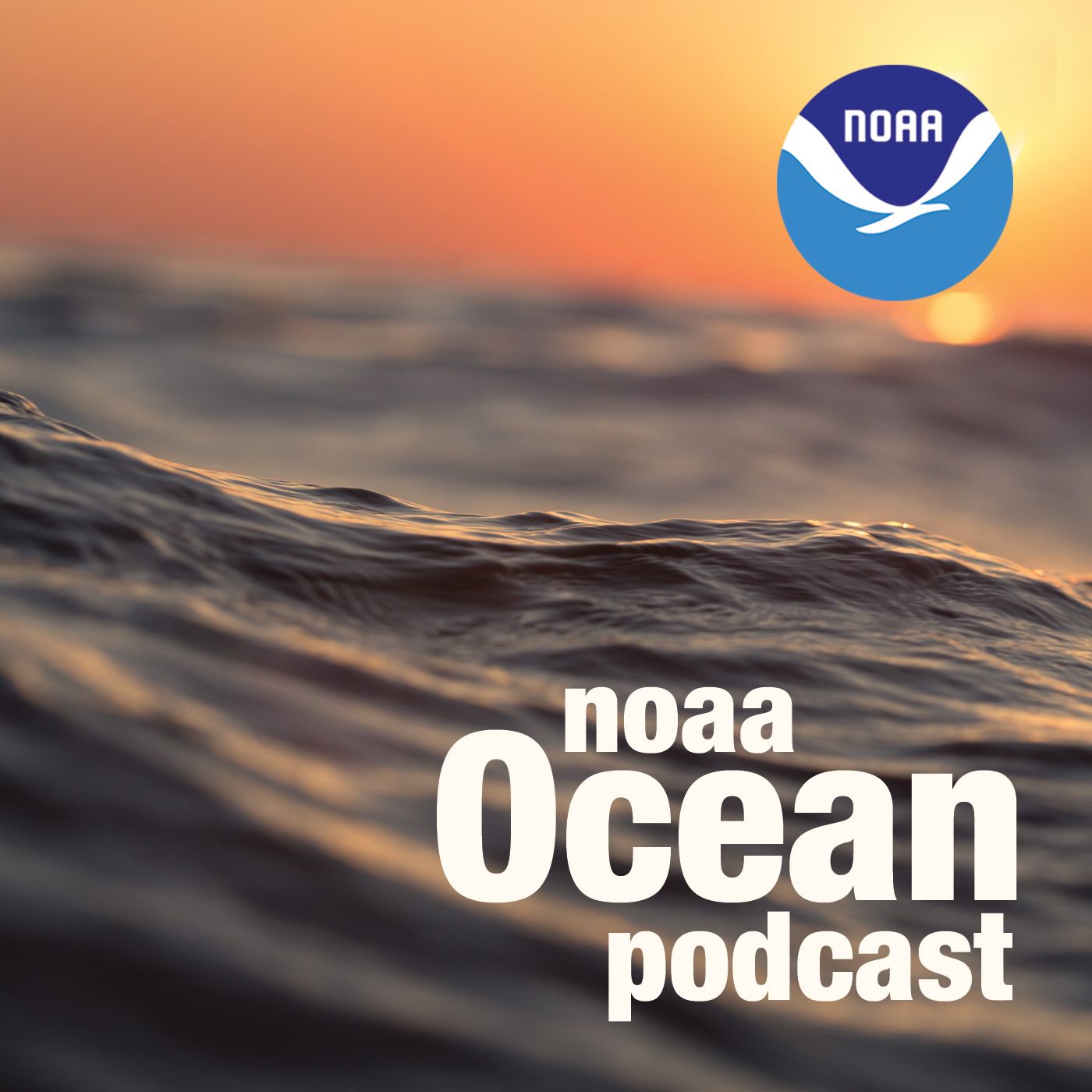
From corals to coastal science, connect with ocean experts to explore questions about the ocean environment.
Social